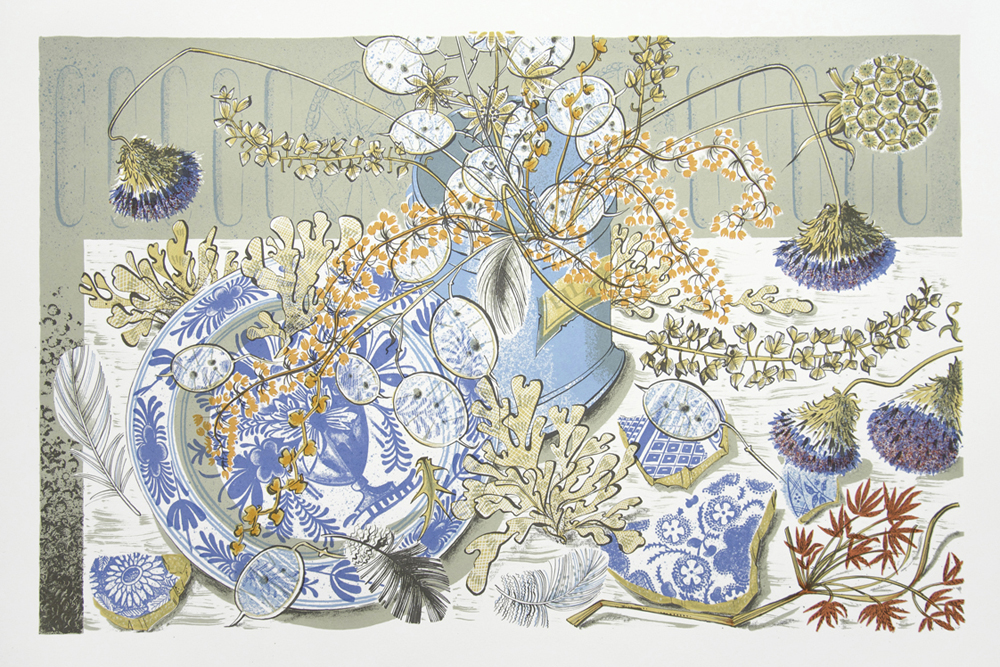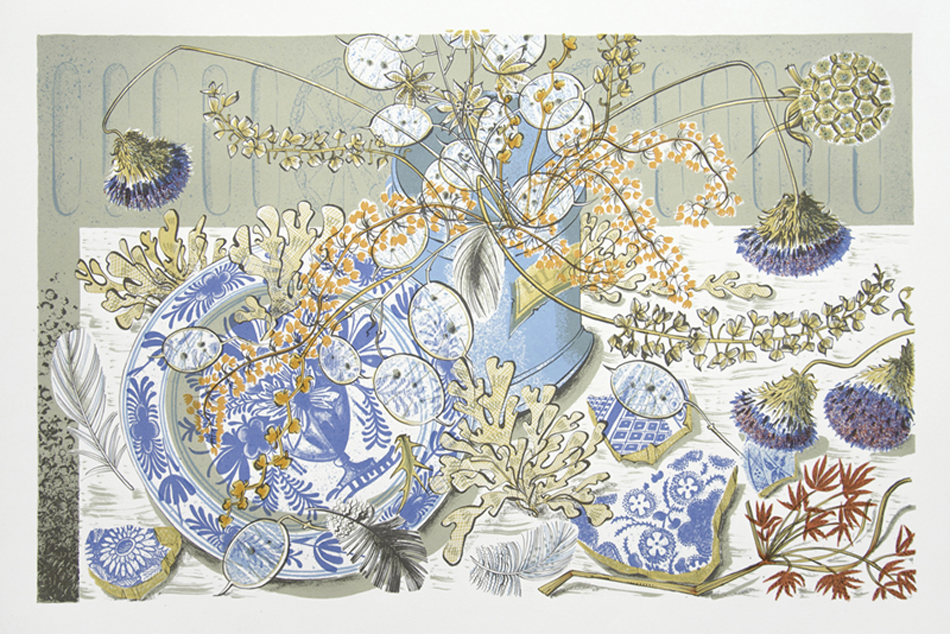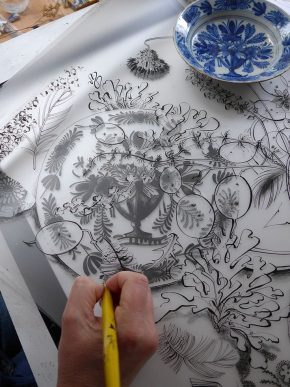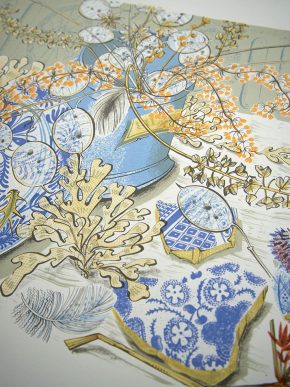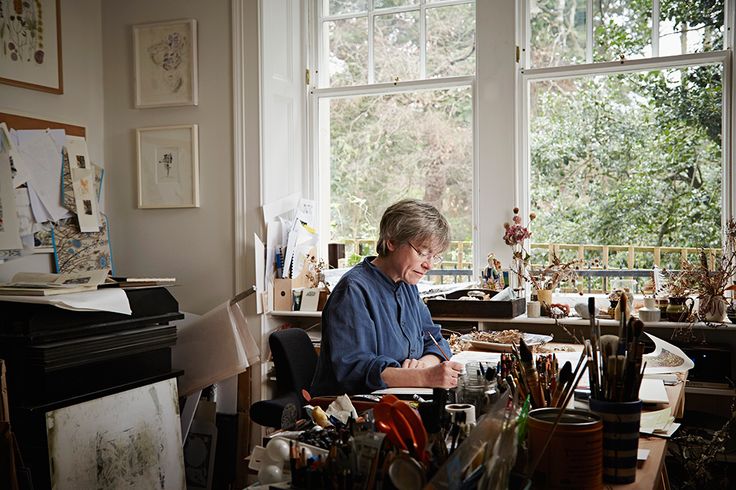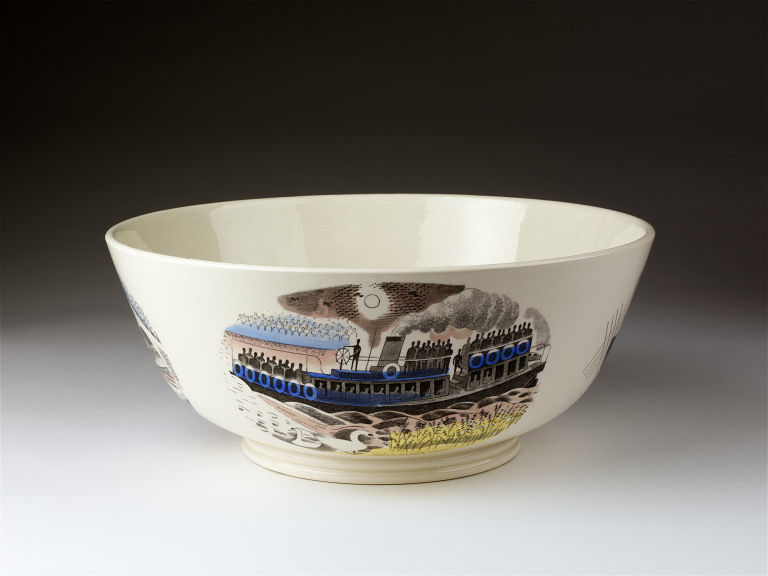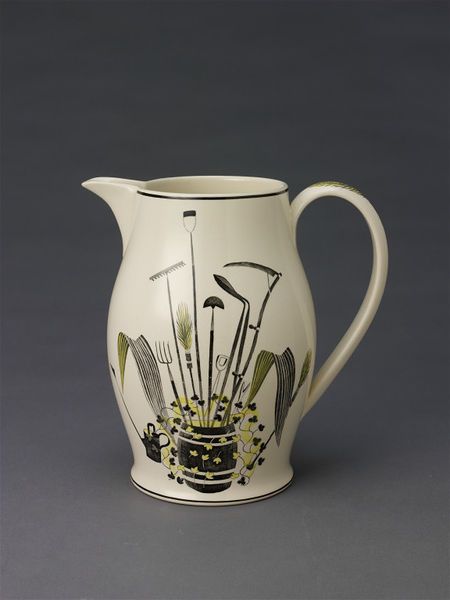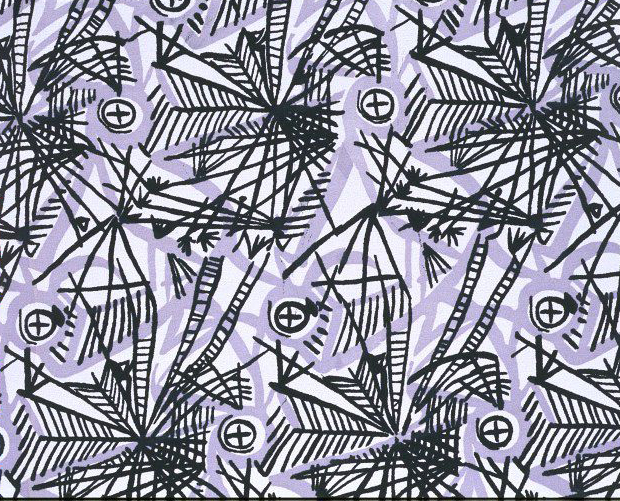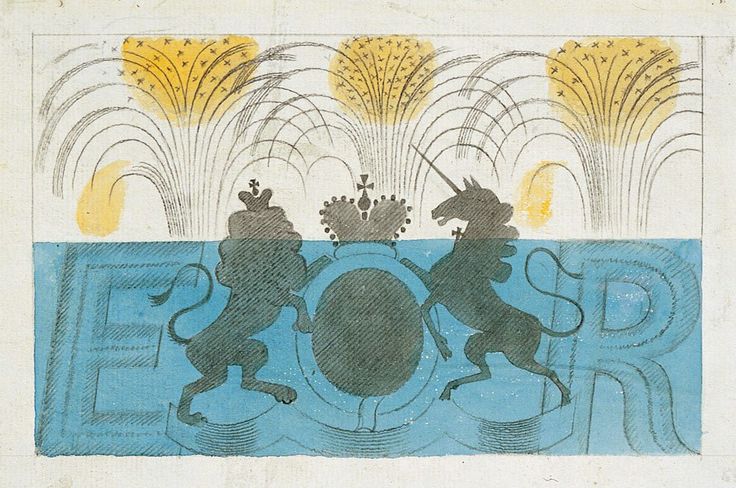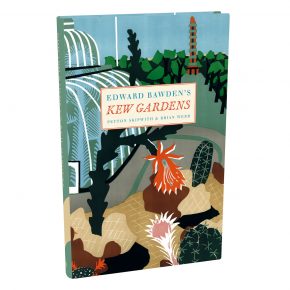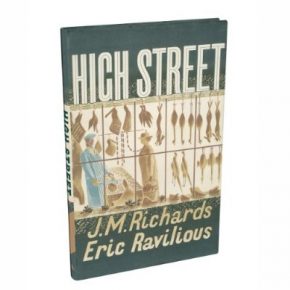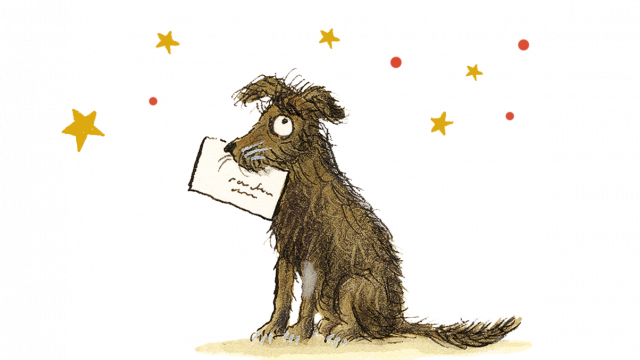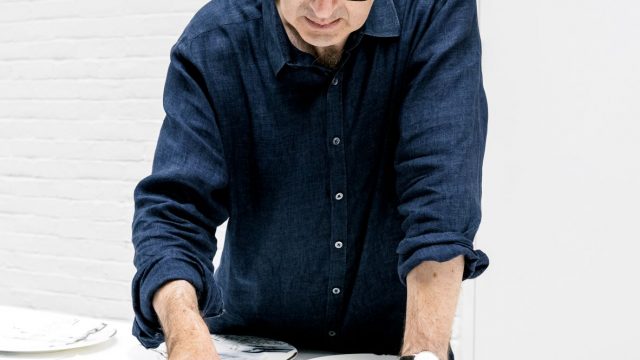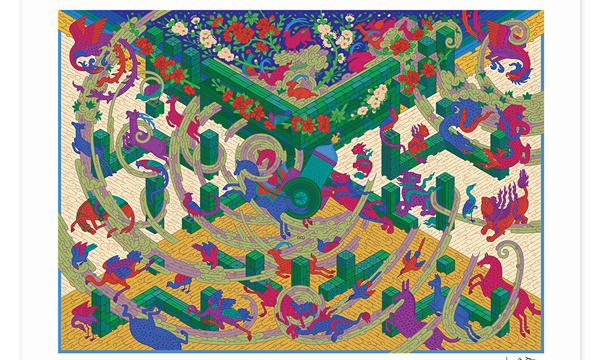Q: Your limited edition screenprint Honesty Blue created exclusively for the V&A is incredibly detailed. Could you walk us through your process in creating a still life like this?
Angie Lewin: When I’m out walking and on sketching trips I collect seedheads, feathers, lichened branches, shells, pebbles and cones amongst other natural objects.These act as reminders of the places that I have been and as reference material for studio drawings and to make up still lifes. I also hunt out ceramics in which I can store my collection of natural objects.
When making an image like Honesty Blue I will gather elements together to build up the still life and begin to sketch, adding and taking away from the still life until I have a successful composition from which I then make a full scale colour sketch of the print. I work in black ink and waxy black crayon on clear textured film which I lay over the sketch. Each colour that will make up the the final screenprint is drawn on a separate piece of film.
These films are then exposed onto silk screens ready for printing. Initially proofs are taken to achieve the correct colours and additions and deletions made to films and new screens made if necessary. When a proof is correct the edition can then be printed.
Q: There is a beautiful juxtaposition of wildflowers and man-made crockery, did the idea for this composition come out of the items, or the items the idea?
AL: This is hard to answer. My images develop as I work, with the items indicating how the still life builds up and also the drawing and proofing creating new opportunities. I wanted to include an old Delftware plate and Georgian apothecary jar to create a blue and white theme in this print. I then assembled seedheads and feathers to add to my still life. I used broken pieces of blue and white china, scattered though the composition to bring the natural and man made elements together. To create a counterpoint of orange I included a stem of grass which I’d collected in Southern Spain. I like the way printmaking processes transform the initial drawing and like the unexpected directions this can take me in.
Q: This is your second commission for the V&A, what do you like most about collaborating with V&A Shop?
AL: I was delighted to be commissioned a second time as, over the years – since my first term at Central St Martins, I’ve spent many hours drawing at the V&A, exploring the different parts of the museum. It has been great to be able to chose pieces of my own that relate to works in the collection. In addition to creating my limited edition prints I enjoy working on design projects for textiles and ceramics and it’s great to make reference to other designers and makers within this latest commission.
Q: If you could take home/collect a few objects from the museum what would they be?
AL: As Eric Ravilious has been such a strong influence on my work I think I’d choose to add the ‘Boat Race’ bowl to my collection and possibly the lemonade jug in his ‘Garden’ design. I also love Mochaware which is so varied with bands of beautiful colour and organic patterning so a few pieces of this would be nice to add to my collection!
Q: Do you have a favourite subject to work with from nature? Or a favourite medium in which to work?
AL: Plantforms are a constant source of inspiration for my work. I like to draw them in their native habitats, capturing how their growth patterns are affected by environment and climate. I also like to work from plant material in the studio too.
I don’t have a favourite medium. An idea or sketch will lead me to develop it in a particular medium. I use linocut, wood engraving, screenprint and lithograph and also make collages and watercolours. I enjoy varying the processes I use and so never become bored.
Q: Do you have an artist who inspired your own work down the years?
Graham Sutherland, Web (1947) Eric Ravilious for the 1937 Coronation Mug
AL: Graham Sutherland has been an influence since my teens as his depictions of landscape and plantforms are so graphic and well observed. He also was a very skilled printmaker and successfully exploited the possibilities of all the print processes. Edward Bawden and Eric Ravilious are also very important as they combined their own painting and printmaking with careers as very successful designers in so many areas of the applied arts.
Edward Bawden’s Kew Gardens, V&A Publishing
High Street, V&A Publishing
